GORI, Georgia — It was 14 years ago when Russia launched air strikes, sent in troops and declared war on Georgia.
Apartments and businesses were bombed, several hundred people were killed and hundreds more were displaced. The fighting lasted for five days. In the end, Russia gained control of two breakaway regions, Abkhazia and so-called South Ossetia, which Georgians refer to as the Tskinvali region. They are now separated by checkpoints and barbed wire from the rest of Georgia.
People who live in this part of Georgia are anxiously watching what's unfolding in Ukraine, because it reminds them of Russia's invasion of Georgia in 2008. Many here worry that they could be next if Putin is successful.
Loading...


"We don't know when Russia will decide to launch another provocation against Georgia," says Natia Seskuria, a Georgian security expert. "I think that our fate, in a way, is being decided in Ukraine right now. And given how things will go in Ukraine, we might be facing much more serious security threats in the future."
Located about an hour northwest of the country's capital city of Tbilisi, Gori became known around the world amid Russia's 2008 invasion as one of the nation's larger cities that took the brunt of the fighting. The assault only complicated the city's complex relationship with Russia further — it was the birthplace of Soviet dictator Joseph Stalin. Tourists from all over the world flock to a museum dedicated to the leader, who presided over widespread famine and brutal killings, to wander galleries filled with portraits and mementos from the leader's life.
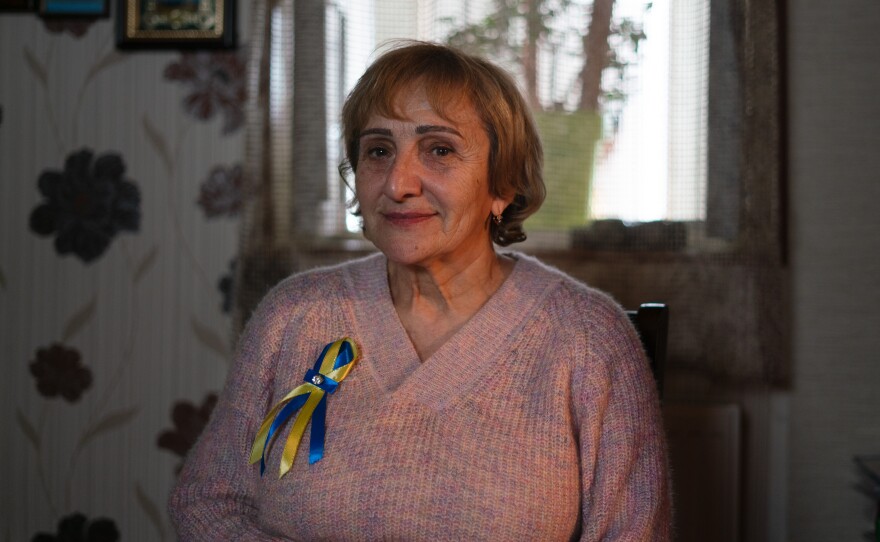


A short drive from Gori is the area's boundary with South Ossetia. There are several villages right on the line, which were also severely damaged in the 2008 fighting. Many homes sport new roofs while others are uninhabitable.
Lia Chlachidze is from the village of Ergneti, a short drive north of Gori. She lives off the main road to Tskhinvali, the capital of South Ossetia. That main road is currently blocked by stop signs and a fortified barrier marking where the Russian-occupied area begins.
When the fighting broke out in 2008, Chlachidze and her family hid in her basement. They fled, but her home was later bombed. She says it's hard watching what's happening in Ukraine.
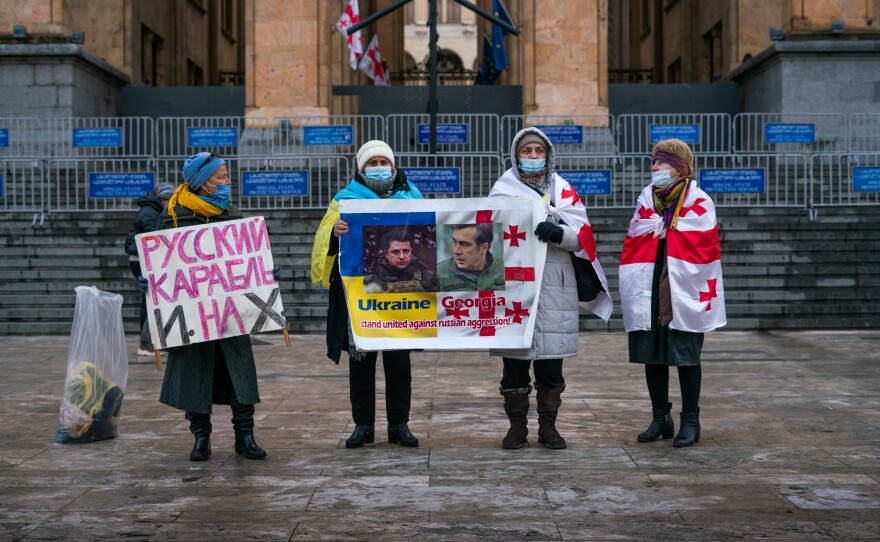



"It is very identical and I feel like I have already seen, like, this movie," she says. " I know ... how it's going to play out, and what's going to happen."
Chlachidze has a small museum in her basement dedicated to the invasion. There are glass bottles melted from the heat of Russian bombs and pieces of Russia's cluster bombs. She says she hopes one day the boundary between the occupied regions and the rest of Georgia will be removed. It's a feeling shared among many people here, including Luda Salia.
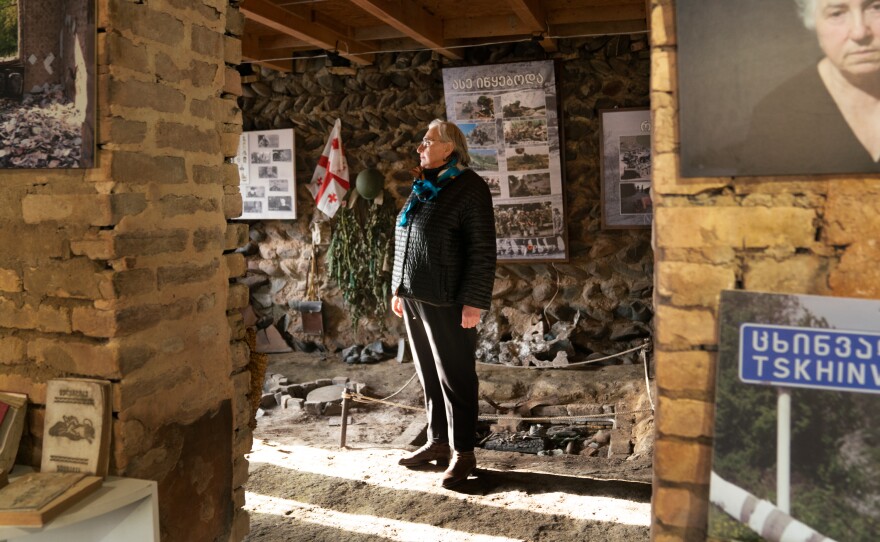



Salia lives in Khurvaleti, which is a tiny settlement near a boundary line, and runs an elder care center out of her home. She calls it "home without borders." It's so close to the boundary line she can see Russian troops from her front door with binoculars.
"If you look across from the house at the mountain, you would see that Russians are standing everywhere there," Salia, 65, says. But lately, she hasn't seen anyone patrolling the area. Salia thinks they were sent to fight against Ukraine.
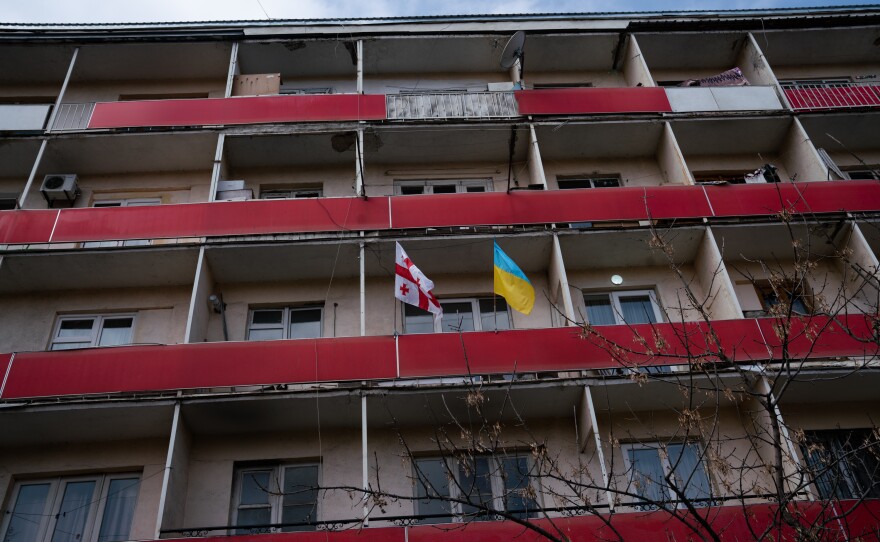

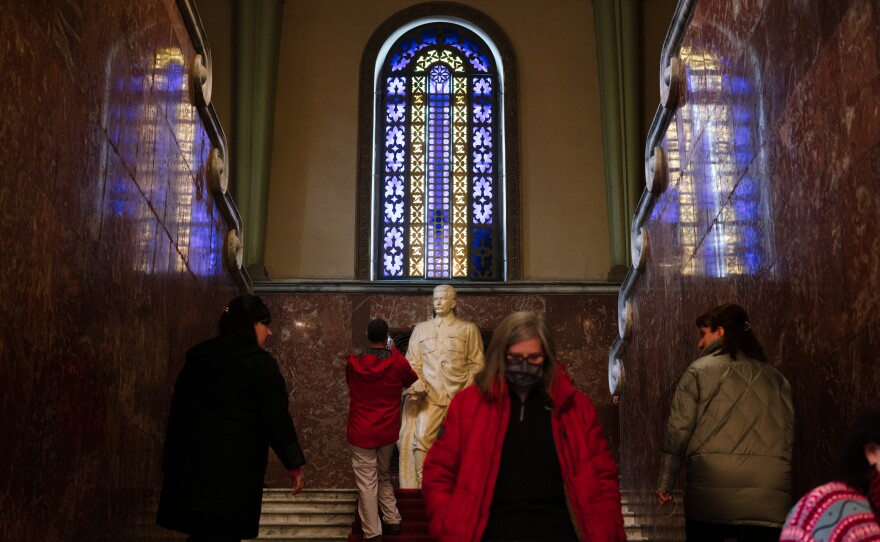
When there are people patrolling, Salia says, the border moves, a tactic known as "encroaching occupation." Several times a year, soldiers will just physically move the fence a few inches — usually at night to not be suspicious, she says.
There hasn't been active fighting along the boundary in some time, but some say there is still tension between the two countries.
For now, many Georgians patiently watch and hope there will not be a repeat of 2008.
Mariam Aduashvili contributed to this report. contributed to this story
Copyright 2023 NPR. To see more, visit https://www.npr.org. 9(MDAzMjM2NDYzMDEyMzc1Njk5NjAxNzY3OQ001))










